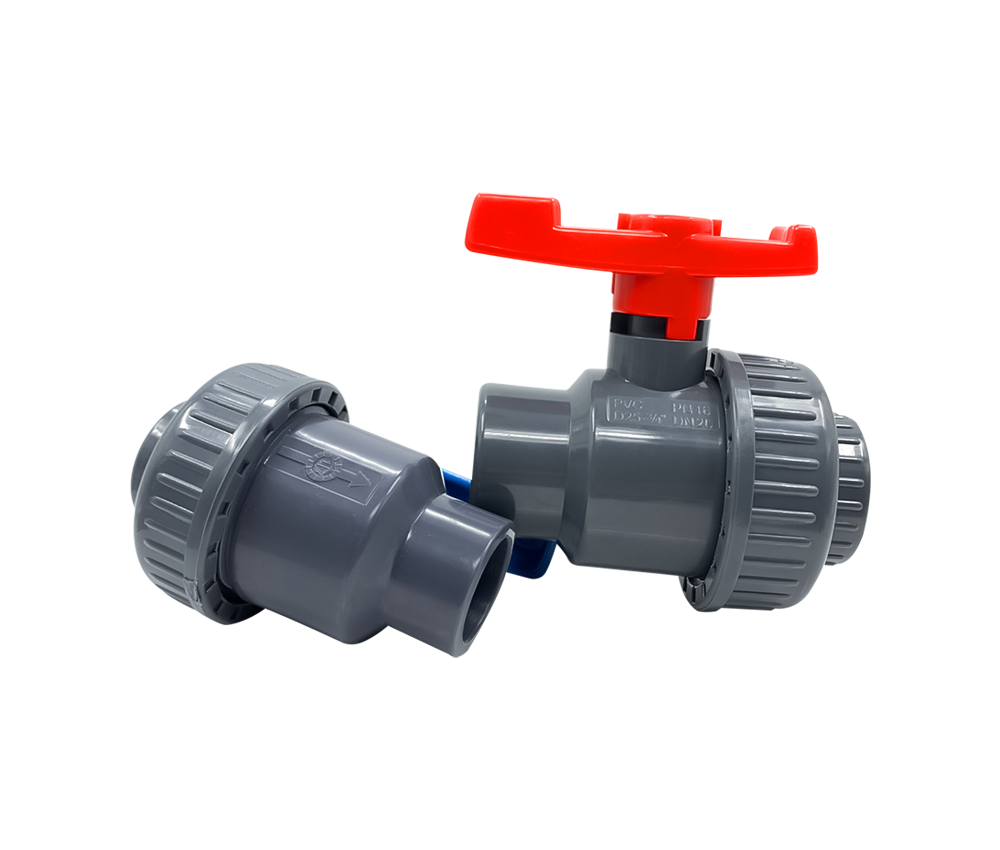1. Why should the outlet valve be closed when the centrifugal pump is started?
When the centrifugal pump is started, there is no water in the outlet pipe of the pump, so there is no pipeline resistance and lifting height resistance. After the centrifugal pump is started, the centrifugal pump has a low head and a large flow. At this time, the pump motor (shaft Power) The output is very large (according to the pump performance curve), it is easy to overload, it will damage the motor and circuit of the pump, so the outlet valve must be closed when starting to make the pump run normally.
If the axial flow pump is used, the situation is reversed. The valve must be opened to start. At this time, the motor power will run at a large flow rate due to no resistance in a short period of time, and pump vibration, noise, and even motor overload operation often occur. Burn the motor. Closing the outlet valve is equivalent to setting the pipe resistance pressure manually. After the pump runs normally, the valve is slowly started to allow the pump to work normally along its performance curve.

Two points must be guaranteed before the centrifugal pump starts
1. Fill the pump casing with water for the purpose of forming a vacuum;
2. The shut-off valve on the outlet pipe must be closed, so that the pump does not form a flow, which can reduce the motor starting current, which is conducive to the smooth start of the pump. With the smooth start of the pump, the shut-off valve should be slowly opened in time.
The centrifugal pump lifts the water by the suction force of the impeller centrifugal force to form a vacuum. Therefore, when the centrifugal pump is started, the outlet valve must be closed to fill the water. The water level exceeds the position of the impeller, and the air in the centrifugal pump is discharged before starting. After starting, a vacuum is formed around the impeller to suck the water upward, and it can automatically open and lift the water. Therefore, the outlet valve must be closed first.
The centrifugal pump is a vane pump. During the rotation of the impeller, due to the interaction between the vane and the liquid, the vane transfers mechanical energy to the liquid, so that the pressure of the liquid can be increased to achieve the purpose of transporting the liquid.
2. About centrifugal pumps
The centrifugal pump has the following characteristics
1. The head produced by the centrifugal pump at a certain speed has a limited value. The operating point flow rate and shaft power depend on the condition of the system connected to the pump (position difference, pressure difference and line loss). The head changes with the flow.
2. Stable work, continuous delivery, no pulsation of flow and pressure.
Before the pump starts, the pump casing is filled with the liquid being transported; after starting, the impeller is driven by the shaft to rotate at high speed, and the liquid between the blades must also rotate. Under the action of centrifugal force, the liquid is thrown from the center of the impeller to the outer edge and obtains energy, leaving the outer edge of the impeller at a high speed and entering the volute pump casing.
In the volute, the liquid decelerates due to the gradual expansion of the flow channel, and then converts part of the kinetic energy into static pressure energy, and finally flows into the discharge pipe at a higher pressure and sends it to the required place. When the liquid flows from the center of the impeller to the outer edge, a certain vacuum is formed in the center of the impeller. Because the pressure above the liquid level of the storage tank is greater than the pressure at the inlet of the pump, the liquid is continuously pressed into the impeller. It can be seen that as long as the impeller continuously rotates, the liquid will be continuously sucked in and discharged.
